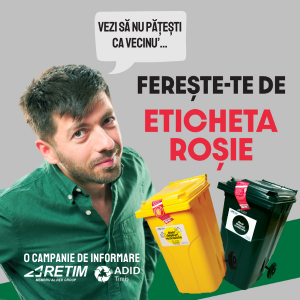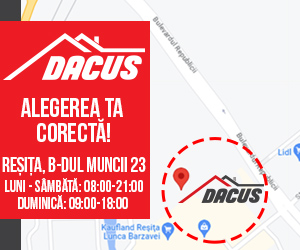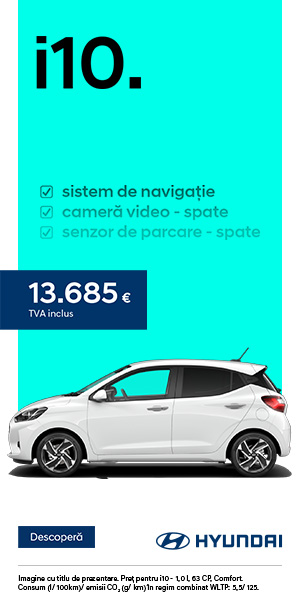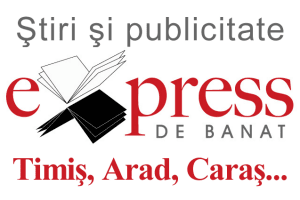Be smart about recycling – learn how to read plastic labels

Currently the topic of recycling and being more sustainable is more popular everywhere and necessity of applying certain lifestyle becomes more essential. We are familiar with the basic rules of recycling – nevertheless, we can be even more smart in our recycling routine. See below more details about how to read recycling labels on plastic products.
To begin with, recycling means to separate mix, glass, plastic and carton products. We are aware most of them should be cleaned before for further processing by recycling facilities. However, I discovered it is necessary to also learn reading plastic labels. Those three little arrows symbols with included numbers. There are seven of them – each number identifies a plastic resin the item is produced of. Below you will find more explanation about them.
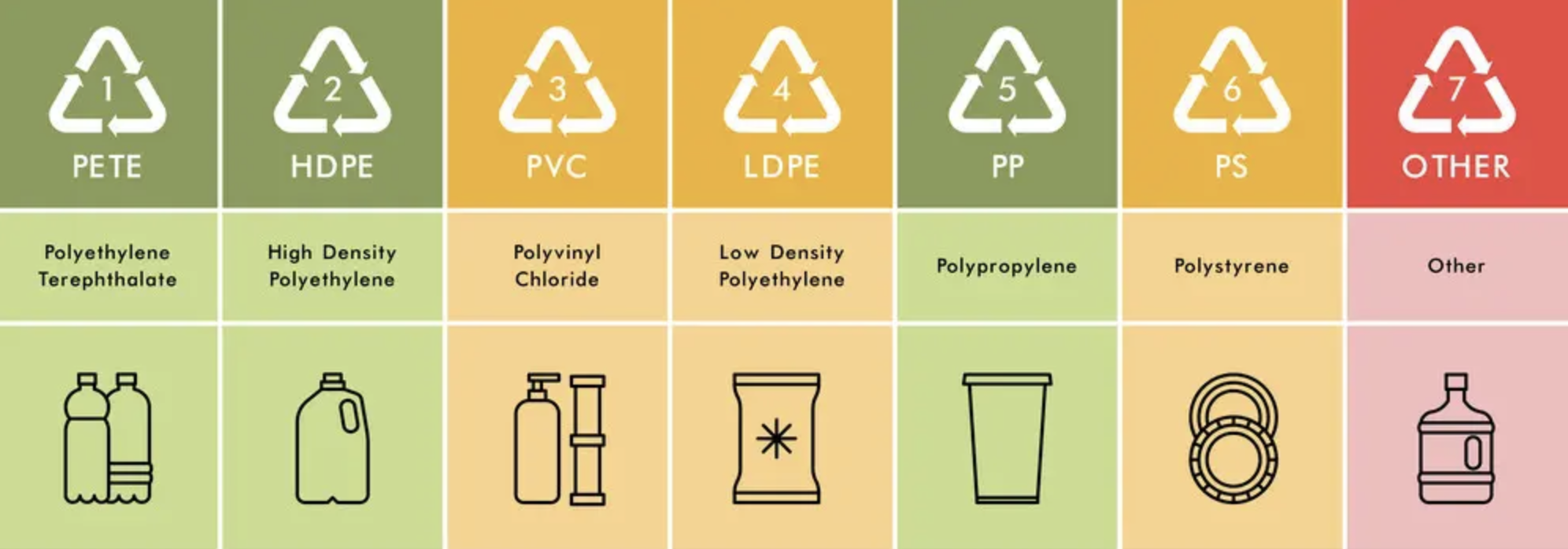
https://3devo.com/blog/recycling-plastics/
Plastic recycling symbol # 1 is for PET / PETE
PET or PETE (Polyethylene Terephthalate) is one of the most commonly used plastic for single-use consumer products. It can be found in soft drinks, water, ketchup and beer bottles, and some packaging. Reuse of this plastic type is not recommended due to increased risk of leaching and bacterial growth. PET plastic is hard to decontaminate, it may leach carcinogens.PET-made products can be recycled (but the rates are really low – around 20%, which, unfortunately does not currently stop its high demand by manufacturers). As long as the items emptied and rinsed from any food – they are fine to be picked by most recycling programs. Regarding water bottles caps – it is better to put them in the trash because they are usually made of a different plastic type. Plastic type # 1 can be recycled into tote bags, straps fiber, polar fleece, bottles and food containers – if it does not have hazardous contaminants.
Plastic recycling symbol # 2 stands for HDPE
High density polyethylene (HDPE) is another widely-spread type of plastic and is considered one of the safest forms of plastic. It carries low risk of leaching and can simply be recycled into different types of goods. Used for milk jugs, juice bottles, detergent, bleach and other household chemical bottles, oil bottles (motor oil also), butter and yogurt tubs, shampoo bottles, some trash and shopping bags. Also, due to its resistance to sunlight and extremes of heating or freezing, can be used for plastic lumber, picnic tables, waste bin, park benches, bed liners for trucks and other items that should be durable and weather-resistant. HDPE goods are reusable and recyclable. Usually recycled into laundry detergent bottles, oil bottles, pens, drainage pipe, fencing, recycling containers and etc.
Plastic recycling symbol # 3 – PVC / V
PVC (Polyvinil Chloride) and V (vinyl) is cheap and a soft, flexible plastic which is used to make clear plastic food wrapping, cooking oil bottles, children’s and pets’ toys and blister packaging for many goods. It is commonly used for such things, as piping and siding, wire jacketing. PVC is considered to be a poison plastic since it contains numerous toxins and can release them during manufacturing (due to the chlorine being a part of PVC). It should never be burned, goods containing PVC cannot be recycled (in rare cases it can be which is usually only 1% chance) and should not be reused for children’s use or applications with food. If managed to be recycled, these goods can become mats, flooring, cables, decks and paneling.
Plastic recycling symbol # 4 – LDPE
LDPE stands for Low density polyethylene is a flexible and less toxic plastic in comparison to other types. Used in shrink wraps, dry cleaner garment bags, squeezable bottles, bread packaging, furniture. However, it is not commonly recycled, but some programs accept it more and more nowadays. When recycled, LDPE plastic can be used for floor and trash can tiles, compost bings, shipping envelopes, lumber. Nevertheless, these plastic products should probably go straight to trash if such recycling programs are not available to work with LDPE.
Plastic recycling symbol # 5 – PP
PP (polypropylene) is a tough and lightweight plastic which has excellent heat-resistance qualities. In this case, it is often being chosen for containers that will hold hot liquid. PP is commonly used for disposable diapers, plastic bottle tops, margarine and yogurt containers, syrup and medicine bottles, straws. Even though currently #5 plastic is more accepted by recyclers, PP is recycled by some curbside programs in a very low amount. If recycled, can be used to make landscaping border stripping, battery cases, signal lights, brooms, bicycle racks, pallets, bins and trays. PP is considered to be safe for reuse.
Plastic recycling symbol # 6 – PS
PS or Polystyrene is an inexpensive, lightweight and easily formed plastic that can be used in various cases. Styrene monomer can leach into foods and is a possible human carcinogen, whereas styrene oxide is considered as a probable carcinogen. Frequently used to make disposable foam drinking cups, take-out food containers, food cartons, plastic picnic cutlery, foam packaging, “Styrofoam”. Recycling is not widely available for PS products but can be reused.
Plastic recycling symbol # 7 – Other
Polycarbonate (PC), BPA, and LEXAN and a wide variety of other plastics are gathered in this category. #7 plastic can potentially leach chemicals into food or drink products. This type of plastic is used for baby bottles, sippy cups, cooler bottles and car parts, food containers. These plastics are usually not recycled or reused (unless they have the PLA compostable coding). It is better to avoid this type of plastic, especially for children’s food.
Autor: Anastasiia Zhmankova






